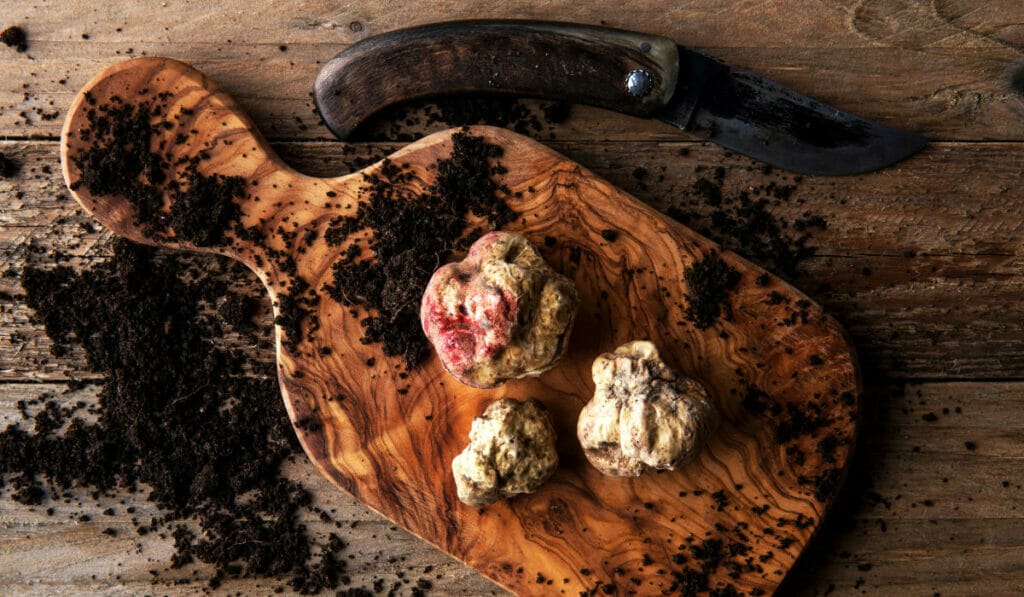
Bluefin Tuna
WHAT? The three types of bluefin tuna; Atlantic, Pacific and Southern, make up some of the largest tuna species on the planet, and are especially valued in Japan, where 70-80% of the annual yield of Atlantic and Pacific bluefin are consumed each year. The Japanese mainly use bluefin tuna in raw dishes such as sushi and sashimi, and the most prized part is the toro of the bluefin, or the fatty flesh that can be found along the side and belly of the fish.
WHY? The bluefin toro is prized for its melt in your mouth texture and balance of meaty and fatty flavour. The sheer size of the tuna, which can grow up to 3 metres in length and weigh nearly half a tonne, and its critically endangered status are generally responsible for bringing up the price, as demand in Japan and other parts of the world continue to grow despite dwindling supplies. Prices for bluefin tuna tend to skyrocket in the beginning of the year at Tsukiji Market, as in the case of the 1.76 million dollar bluefin, as buying the first tuna of the year is a symbolic gesture of good-fortune, which normally leads to bidding wars among the wealthiest tycoons in Japan.
WHERE? Bluefin tuna can be found in the Atlantic and Pacific Ocean, but most of the global supply are exported and sold in Japan. Due to its popularity, it can be found served in most Japanese fine-dining restaurants.
HOW MUCH? The most expensive tuna in the world cost Kiyoshi Kimura almost USD8,000 per kilogram, but normal market values are much lower. Here in Kuala Lumpur, a serving of bluefin toro sashimi retails for between RM40-RM50 at Nobu, and can also be enjoyed as part of their omakase menu.
TEXT NEDA AL-ASEDI & SWAROOPINI NAIR


